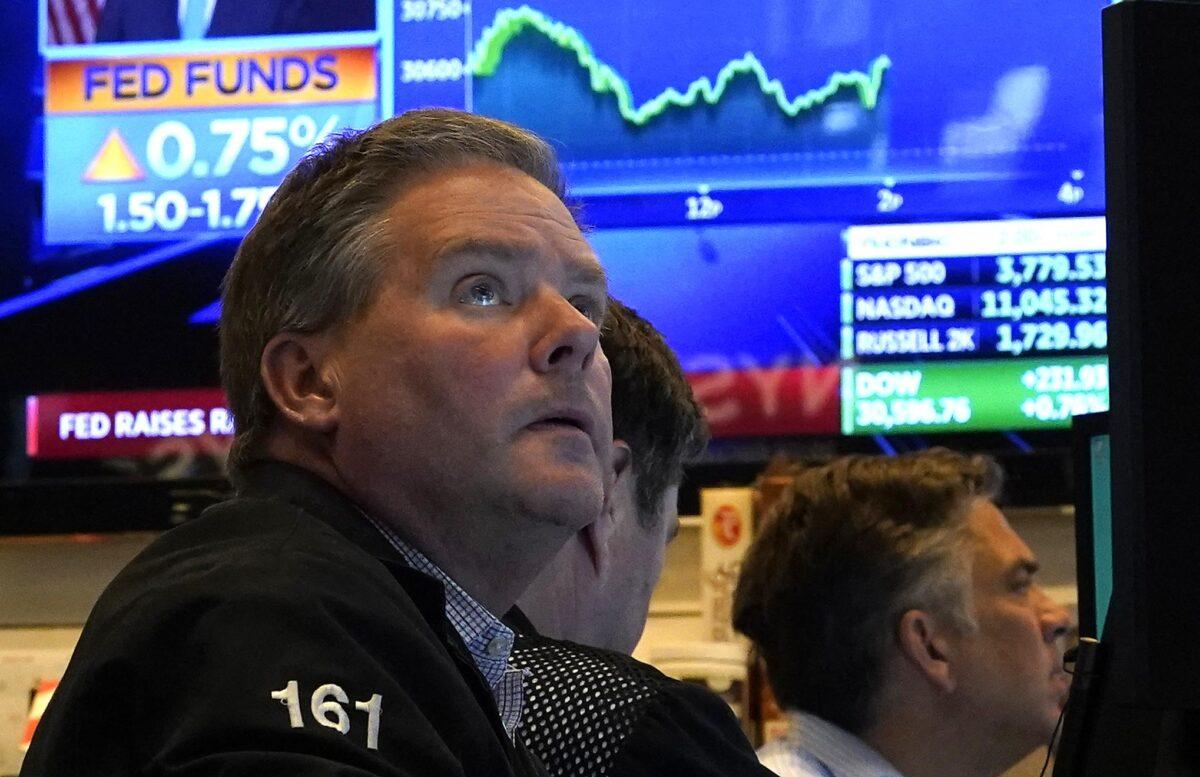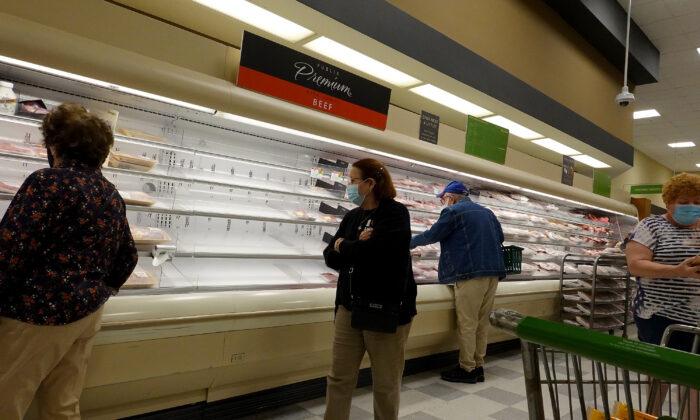The Atlanta Federal Reserve’s GDPNow model shows that the economy contracted 2.1 percent in the second quarter, down from the previous estimate of minus-1 percent on June 30.
Following the Institute for Supply Management’s (ISM) manufacturing purchasing managers’ index (PMI) for June and construction activity in May, the forecast signaled a sharp economic downturn in the April-to-June period.

This comes one day after the regional central bank trimmed its GDPNow estimate from 0.3 percent to minus-1 percent due to weak consumer spending and business investment data.
It has been a disappointing week of economic data.
Pending home sales plunged 13.6 percent year-over-year in May, down from minus-9.2 percent in April. Retail and wholesale inventories rose less than expected, with 0.8 percent and 2 percent, respectively, in May.
But the one positive was the 0.7 percent gain in durable goods orders in May, topping the projection of 0.1 percent.
Some analysts claim that the disappointing first-half performance of the U.S. economy was driven by economic policy blunders in the nation’s capital.
“The first half of the year was influenced by policy mistakes out of Washington,” Nancy Tengler, CEO and CIO of Laffer Tengler Research, wrote in a research note on June 30. “The ARP [American Rescue Plan] flooded another $1.9 trillion into the economy in the spring of 2021 after the economy was reopening and [Americans] were vaxxed and able to return to work. All the while, the Fed was laser-focused on employment as supplemental benefits kept some workers on the sidelines letting inflation become entrenched in the economy.”
Looking ahead, Bank of the West lowered its economic growth forecasts for the second quarter. Real GDP growth is expected to be just 0.6 percent in the three months ending in June.
“The second half of 2022 doesn’t look much better, especially if the Fed goes through with their threat to hike rates aggressively until year end,” Scott Anderson, the bank’s chief economist, wrote in a note. “We think the risk of recession is now the highest it has been, and could happen as soon as this year, and we no longer expect any Fed rate hikes in 2023. Even so, still high consumer inflation next year could keep the Fed from being able to cut rates to aid the economy until 2024.”
The next major piece of economic data will be the June jobs report next week. Economists forecast 270,000 new jobs and a 3.6 percent unemployment rate. If accurate, this would be the lowest level of job creation since April 2021.
The broader financial markets seesawed last week to close out the trading week and start the third quarter. The Dow Jones Industrial Average rose more than 200 points, while the S&P 500 was up roughly 0.5 percent and the Nasdaq Composite Index jumped about 0.3 percent.




